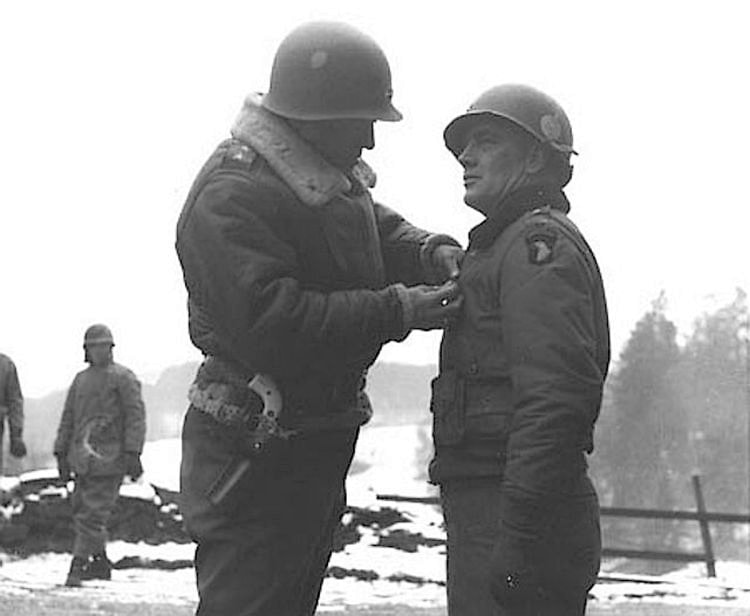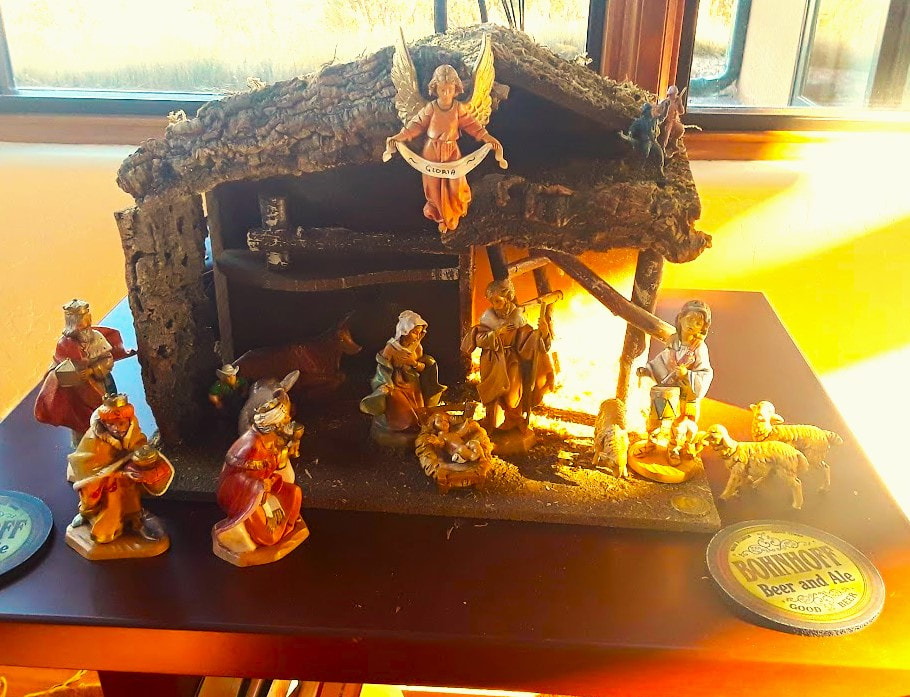My mother in law was raised on a farm in southern Minnesota during the Great Depression. Although her family managed to keep the farm and keep food on the table, she had lots of stories about how they managed to do without much that we now consider essential. Her stories were filled with pride and determination. Many of the stories written for middle schoolers that are set in this period demonstrate the same triumph of the human spirit over adversity, and that makes them good reads and good lessons for today’s youth. Wish Upon a Crawdad By Curtis Condon Twelve-year-old Ruby Mae Ryan is determined to make enough money by selling crawdads to the local restaurant and through other odd jobs to buy something very special that she’s kept a secret from everyone but her Daddy and her best friend, Virginia. Set in 1940 in rural Oregon, this story tells what it was like in a time before electric cooperatives brought power to the rural farm country. Full of Beans by Jennifer L. Holm Bean lives in Key West, Florida with his mother and baby brother. His dad is off somewhere, trying to find work. Two men come to Key West: a government agent trying to renovate Key West as part of the New Deal Plan, and a con man who hires Bean for a few assignments. Bean is torn between wanting the money for his family and knowing that he's involved in questionable work. Bean and his gang of barefooted boys know that the adults are lying about something, but what is it? No Promises in the Wind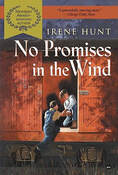 by Irene Hunt This story from the Newbery Award-winning author of Across Five Aprils and Up a Road Slowly tells the story of Josh, a 15-year-old boy who takes his younger brother on a cross country trek to find a safe place, away from his father’s anger. A talented pianist, he is lucky to find many sympathetic and kind people to help. Even then, the boys come close to death as they struggle to find food and shelter. Al Capone Does My Shirts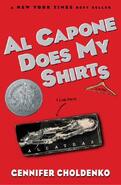 by Gennifer Choldenko This book, a Newbery honoree, is the story of Moose, a 12-year-old whose father is a prison-guard on Alcatraz Island. Moose’s sister goes to a special school in San Francisco for help with her autism, and Moose finds it hard to live in the isolation of the island prison, even if it does lead to some very funny scenes. Esperanza Rising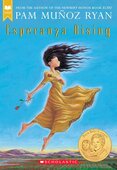 by Pam Muñoz Ryan Another Newberry winter, this book tells the story of Esperanza, who leaves a privileged and comfortable life in Mexico to work with her mom in Southern California labor camps. The tragedy that forced them to leave wealth and ease at home for a new and harsh life as exploited farm workers during the Great Depression will open reader's eyes to a little-known bit of history. A Long Way from Chicago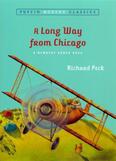 by Richard Peck Siblings Joey and Mary Alice, leave Chicago every summer to spend time with their grandmother in rural Illinois. This book tells stories about their visits from 1929 to 1942. There’s eccentric grandmother makes sure that every trip is memorable, and you will sense the love and laugh a lot about their adventures. The Truth About Sparrows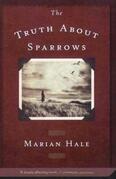 by Marian Hale Even though the drought is making her family’s life impossible, twelve-year-old Sadie Wynn doesn’t want to abandon the only life she’s known and leave her friends in Missouri to move with her family to Texas. This story will help middle grade readers connect with the past, for while times and circumstances change, families and children remain essentially the same. Moon Over Manifest by Clare Vanderpool Abilene Tucker has lived an itinerant life. Twelve years old in 1936, her father finds a railroad job, and puts Abilene on a train to go live with relatives. But the curious, intrepid Abilene hops off the rails in Manifest, Kansas — her dad’s hometown — in an effort to find out more about his life. She meets a host of strangers and soon-to-be friends in this strange and downbeat town with a rich and interesting past. Nothing to Fear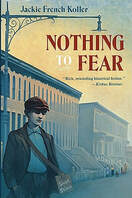 by Jackie French Koller Thirteen-year-old Danny becomes the man of the house when his father leaves home in search of work. This story, set in New York City during the Depression, warms the heart as Danny strives to remain a regular kid while being forced into the very adult role of supporting his pregnant mother and younger sister. Out of the Dust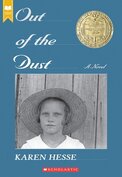 by Karen Hesse Beautiful and evocative, this Newbery Medal-winning novel-in-verse tells the story of Billie Jo, a fourteen-year-old growing up in the dust bowls of Oklahoma. When terrible accident destroys her family and scars her hands, her one consolation, playing the piano, is taken from her and she must find a way to continue on without it. Roll of Thunder, Hear My Cry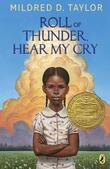 by Mildred D. Taylor Part of her Logan family series, this Newbery winning novel tells the story of nine-year-old Cassie Logan, the daughter of an African-American farmer in 1930s Mississippi. The novel explores Jim Crow segregation, Black ownership of land vs. sharecropping, and lynching, and is a painful reminder of the tenuousness of black/white relations. Did I miss your favorite middle grade novel about the Great Depression? Let me know and I'll add it to my list! 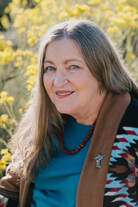 A former middle school teacher, Jennifer Bohnhoff has written several historical novels for middle grade readers. She is currently working on a novel set on Isle Royale, an island in Lake Superior, during the Great Depression. Ms. Bohnhoff will be giving away a copy of Where the Crawdads Sing to one subscriber to her email list. If you are not a member and would like to join, click here. Winner will be announced in her elert on January 11th. The titles of the books in this article contain links to Bookshop.org, an online bookseller that gives 75% of its profits to independent bookstores, authors, and reviewers. As an affiliate, Mrs. Bohnhoff receives a commission when people buy books by clicking through links on her blog or browsing her shop at https://bookshop.org/shop/jenniferbohnhoff. A matching commission goes to Treasure House Books, an independent bookseller in Albuquerque's Old Town. Please do not see Mr. Bohnhoff's affiliation with Bookshop.org as a discouragement to shop directly at your local independent bookseller or to borrow from your local library. |



